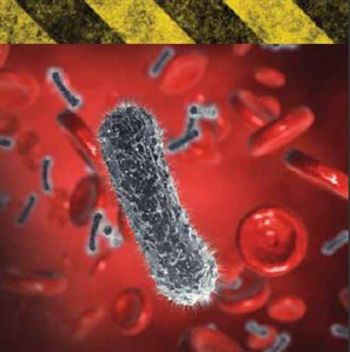
A significant concern for scientists in biohazard labs is preventing contact with potentially contaminated human body fluids, whether it is during collection of samples or during evaluation and analysis in the laboratory. Inadvertent exposure to human immunodeficiency virus (HIV), hepatitis B virus (HBV), or other human pathogens is a potential occupational risk that should never be overlooked. Even so, needlesticks, cuts, splashes, and other events contribute to an alarming number of exposures each year. This month the Safety Guys aim to raise awareness and discuss the prevention of blood-borne pathogen (BBP) exposures, beginning with an overview of the OSHA standard and a discussion of the Centers for Disease Control and Prevention’s universal precautions.1
As an example, though an extreme one, at the State Research Center of Virology and Biotechnology, known as Vector, a former Soviet biological weapons laboratory in Siberia, a Russian scientist died after accidentally sticking herself with a needle laced with Ebola, the deadly virus for which there is no vaccine or treatment.2 Since Vector did not report it to the World Health Organization (WHO) for three weeks, the delay meant that scientists at the health agency could not provide prompt advice on treatment that might have saved her life. WHO scientists said that although Vector had isolated the scientist to contain any potential spread of the disease, there was no requirement that accidents involving Ebola be reported. What this points out is that poor BBP practices combined with a nonexistent preventive program can be deadly, which prompted this column.
Read more at Lab Manager Magazine
